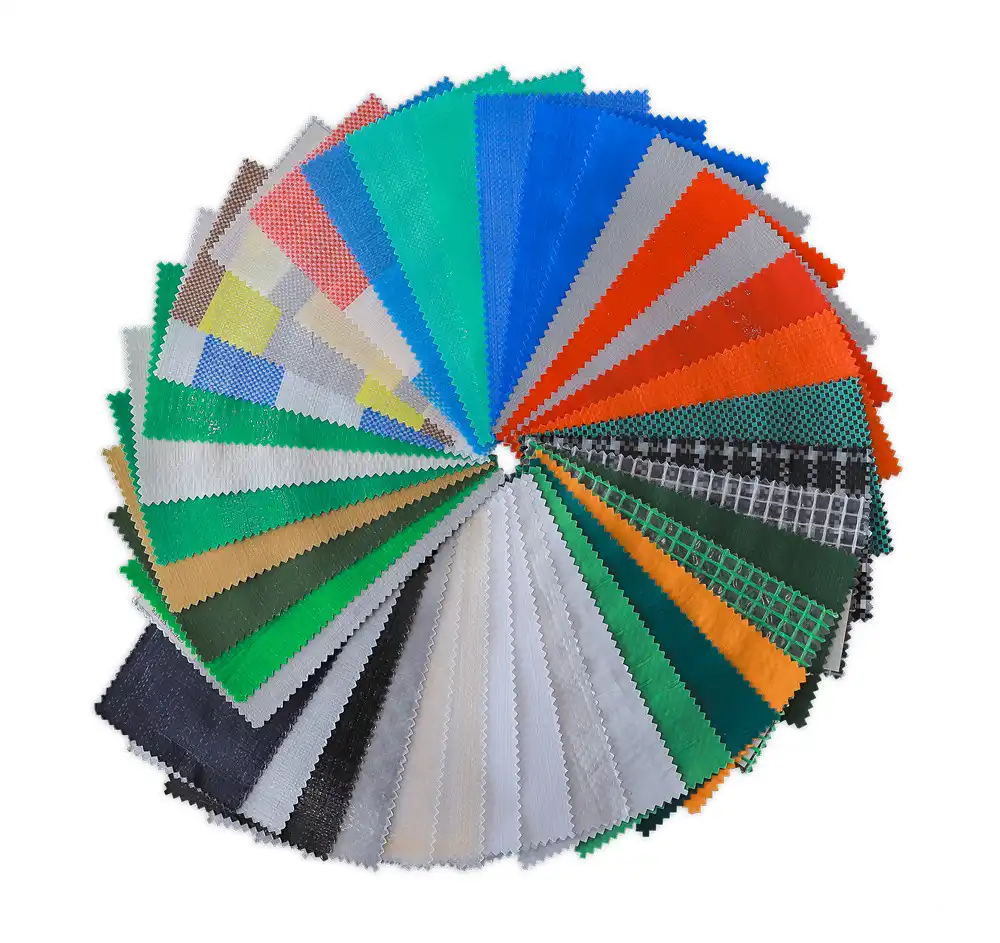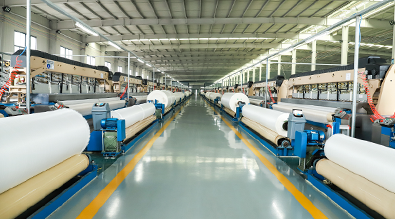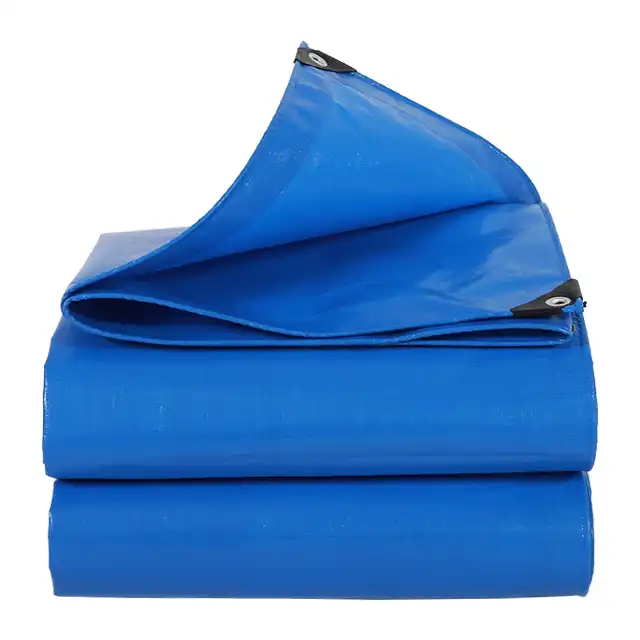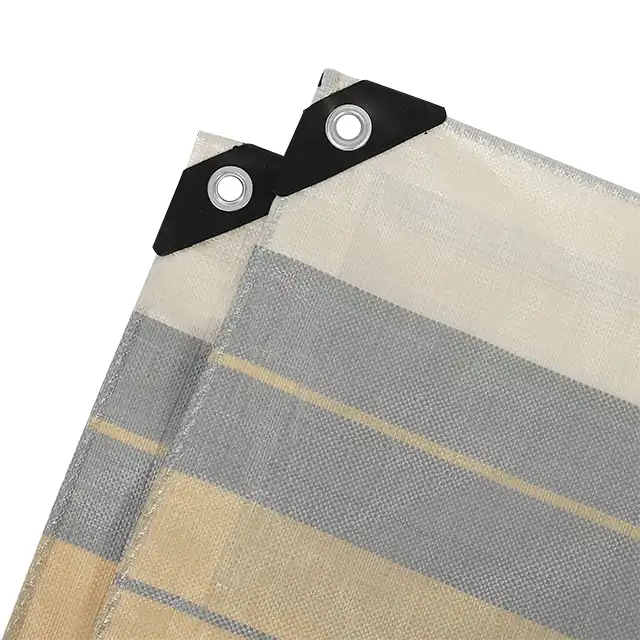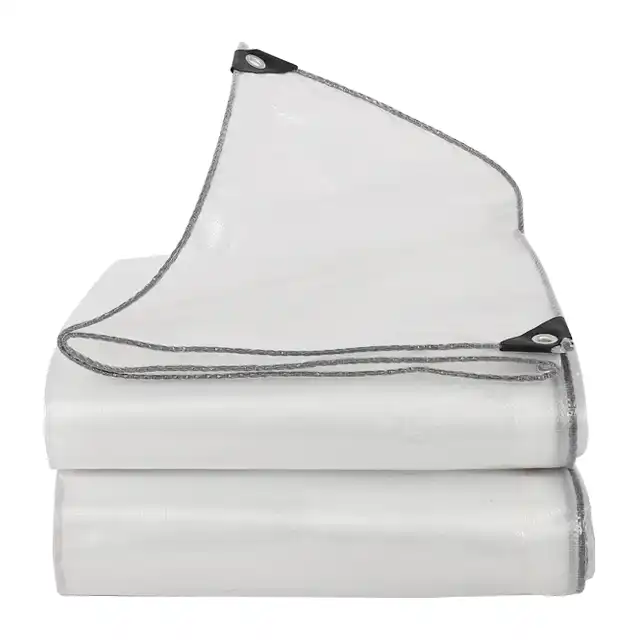How to Select the Best Tarpaulin As Per Your Requirement?
Selecting the right tarpaulin for your specific needs requires careful consideration of multiple factors that directly impact performance, durability, and cost-effectiveness. Whether you're protecting construction materials, covering agricultural equipment, or securing cargo during transportation, the choice of tarpaulin sheet can make the difference between successful protection and costly damage. Understanding the various materials, specifications, and applications available in today's market is essential for making an informed decision that meets both your immediate requirements and long-term expectations. The tarpaulin sheet market offers numerous options, from lightweight temporary covers to heavy-duty industrial-grade solutions, each designed to address specific environmental challenges and usage scenarios.
Understanding Tarpaulin Materials and Construction Quality
High-Density Polyethylene (HDPE) Woven Fabric Foundation
 The foundation of any quality tarpaulin sheet lies in its base material construction, with high-density polyethylene (HDPE) woven fabric representing the gold standard for durability and performance. HDPE fibers are extruded using advanced yarn drawing technology, creating threads that range from 400D to 2500D in thickness, allowing manufacturers to customize the strength characteristics based on specific application requirements. The weaving process utilizes sophisticated water-jet looms, including ultra-wide 4.25-meter and 5-meter width machines, to create seamless fabric panels without joints that could compromise structural integrity. This tightly woven polyethylene construction provides exceptional tensile strength, with mesh counts ranging from 10x10 to 18x18, directly correlating to the tarpaulin sheet's ability to withstand stress, punctures, and environmental wear. The density of the weave pattern significantly affects the material's breathability, water resistance, and overall lifespan, making it crucial to match the mesh specification to your intended usage pattern.
The foundation of any quality tarpaulin sheet lies in its base material construction, with high-density polyethylene (HDPE) woven fabric representing the gold standard for durability and performance. HDPE fibers are extruded using advanced yarn drawing technology, creating threads that range from 400D to 2500D in thickness, allowing manufacturers to customize the strength characteristics based on specific application requirements. The weaving process utilizes sophisticated water-jet looms, including ultra-wide 4.25-meter and 5-meter width machines, to create seamless fabric panels without joints that could compromise structural integrity. This tightly woven polyethylene construction provides exceptional tensile strength, with mesh counts ranging from 10x10 to 18x18, directly correlating to the tarpaulin sheet's ability to withstand stress, punctures, and environmental wear. The density of the weave pattern significantly affects the material's breathability, water resistance, and overall lifespan, making it crucial to match the mesh specification to your intended usage pattern.
LDPE Coating Technology and Waterproofing Excellence
The application of low-density polyethylene (LDPE) coating represents a critical manufacturing step that transforms basic woven fabric into a fully waterproof tarpaulin sheet capable of withstanding harsh environmental conditions. Professional coating machines, including specialized 4.4-meter width units, apply multiple layers of LDPE material to both sides of the woven fabric, creating a hermetic seal that prevents water penetration while maintaining flexibility. This dual-sided lamination process requires precise temperature control and uniform application to ensure consistent thickness ranging from 20 to 24 mil, providing the optimal balance between protection and handling characteristics. The coating process also incorporates UV stabilizers at concentrations between 1% and 7%, depending on the intended exposure levels, protecting the tarpaulin sheet from degradation caused by harmful solar radiation. Advanced coating formulations include anti-freeze additives and anti-corrosion compounds that extend the operational temperature range and prevent material breakdown in challenging chemical environments.
Quality Control Standards and Certification Processes
Manufacturing excellence in tarpaulin sheet production demands rigorous quality control protocols that monitor every aspect of the production process from raw material inspection to final product testing. ISO 9001:2015 certification requirements mandate comprehensive quality management systems that include statistical process control, regular equipment calibration, and systematic product sampling throughout production runs. Third-party laboratory testing protocols evaluate critical performance characteristics including tensile strength, tear resistance, water permeability, UV degradation resistance, and dimensional stability under various environmental conditions. Quality monitoring systems incorporate real-time data collection from production equipment, allowing immediate adjustments to maintain consistent product specifications and prevent defective tarpaulin sheet batches from reaching customers. These quality assurance measures extend to packaging and storage protocols, ensuring that products maintain their specified characteristics from manufacturing through delivery to end users.
Evaluating Performance Specifications for Specific Applications
Weight and Thickness Considerations for Durability
The relationship between tarpaulin sheet weight and performance characteristics requires careful analysis to match product specifications with intended applications and environmental challenges. Standard weight ranges from 200gsm to 380gsm provide different levels of protection, with lighter materials offering easier handling and installation while heavier specifications deliver superior durability and puncture resistance. The thickness measurement, expressed in mils, directly correlates to the material's ability to withstand mechanical stress, with 20-24 mil specifications providing excellent protection for most commercial and industrial applications. Heavy-duty applications requiring maximum protection benefit from 280gsm+ materials that incorporate reinforced fiber construction and enhanced coating thickness for extended service life. Understanding the load distribution characteristics helps determine whether lighter, more manageable materials can provide adequate protection or if heavier-duty tarpaulin sheet specifications are necessary to prevent premature failure under stress conditions.
UV Protection and Weather Resistance Features
Environmental exposure presents significant challenges for tarpaulin sheet materials, requiring sophisticated UV protection systems and weather-resistant formulations to maintain performance over extended periods. UV treatment concentrations between 1% and 7% provide varying levels of protection against solar degradation, with higher concentrations necessary for applications involving continuous outdoor exposure in high-intensity sunlight conditions. The integration of UV stabilizers into both the base fabric and coating materials creates multiple layers of protection that prevent polymer chain breakdown and maintain material flexibility even after years of exposure. Weather resistance encompasses protection against temperature extremes, moisture penetration, chemical exposure, and mechanical wear from wind and debris impact. Arctic flexibility formulations ensure that the tarpaulin sheet remains pliable and tear-resistant even in sub-zero temperatures, while heat-resistant compounds prevent softening and deformation in high-temperature environments.
Size Customization and Installation Requirements
Modern manufacturing capabilities enable tarpaulin sheet production in virtually unlimited size configurations, accommodating specific project requirements without compromising structural integrity or performance characteristics. Ultra-wide weaving technology allows seamless production up to 5.1 meters in width, eliminating the need for field seaming that could create potential failure points or water penetration paths. Custom sizing services include precise dimensional cutting, reinforced edge construction, and strategically placed grommets or attachment points based on installation requirements and load distribution patterns. The availability of made-to-order specifications means that customers can optimize material usage, reduce waste, and achieve perfect fit for irregular or non-standard applications. Installation considerations include the tarpaulin sheet's handling characteristics during deployment, its behavior under wind loads, and the compatibility with existing attachment systems or support structures.
Application-Specific Selection Criteria and Industry Standards
Construction and Building Protection Requirements
Construction site applications demand tarpaulin sheet materials that can withstand the rigorous conditions of active building environments while providing reliable protection for materials, equipment, and work areas. The combination of mechanical durability, weather resistance, and fire safety compliance makes material selection critical for maintaining project schedules and protecting valuable resources. Heavy-duty polyethylene construction with enhanced tear resistance prevents damage from sharp construction materials, tools, and equipment movement, while waterproof characteristics protect sensitive materials from moisture damage during storage and transportation. Construction-grade tarpaulin sheet specifications typically require 280gsm+ weight ratings and reinforced edge construction to handle the stress of repeated installation and removal cycles. Compliance with building safety standards may require flame-resistant formulations and specific color coding for hazard identification and site organization purposes.
Agricultural and Aquaculture Protection Systems
Agricultural applications require tarpaulin sheet materials that balance protection requirements with cost-effectiveness for large-area coverage needs typical in farming and aquaculture operations. Greenhouse fabric applications demand materials that provide weather protection while allowing controlled light transmission and ventilation for optimal growing conditions. Impermeable tarp solutions for aquaculture must deliver absolute water retention while resisting puncture damage from rocks, roots, and equipment contact. The chemical resistance of agricultural-grade materials becomes crucial when exposure to fertilizers, pesticides, and organic compounds is expected during normal use. Long-term outdoor exposure in agricultural settings requires enhanced UV protection and weather resistance to maintain performance through multiple growing seasons without replacement.
Transportation and Cargo Cover Applications
Transportation industry requirements focus on tarpaulin sheet materials that provide secure cargo protection while meeting regulatory compliance standards for commercial vehicle operations. Truck cover applications demand materials that can withstand highway wind loads, resist abrasion from cargo movement, and provide weather protection during loading, transport, and unloading operations. The combination of lightweight construction and high strength characteristics enables maximum payload capacity while ensuring adequate protection against environmental exposure and cargo contamination. Regulatory compliance may require specific color coding, reflective elements, or identification markings that must be integrated into the tarpaulin sheet design without compromising performance characteristics. Rapid deployment and secure attachment systems require materials that maintain flexibility and tear resistance under the stress of frequent installation and removal cycles typical in commercial transportation operations.
Conclusion
Selecting the optimal tarpaulin sheet requires comprehensive evaluation of material specifications, performance characteristics, and application-specific requirements to ensure long-term satisfaction and cost-effectiveness. The combination of HDPE woven fabric construction, LDPE coating technology, and rigorous quality control processes creates materials capable of meeting demanding industrial, commercial, and agricultural protection requirements. Understanding the relationship between weight, thickness, UV protection, and environmental resistance enables informed decision-making that matches product capabilities with actual usage conditions and performance expectations.
When you're ready to invest in premium tarpaulin sheet solutions that deliver exceptional performance and reliability, consider partnering with industry leaders who combine decades of manufacturing experience with cutting-edge production technology. Linyi Shengde Plastic Co., Ltd. has established itself as a trusted name in PE tarpaulin manufacturing since 2003, serving customers across more than 30 countries with products that meet the highest quality standards. Our commitment to innovation, quality management, and customer satisfaction has earned partnerships with international organizations including UNHCR, IOM, ICRC, and UNICEF, demonstrating our capability to meet the most demanding specifications and delivery requirements.
Our advanced manufacturing facilities, featuring ultra-wide weaving capabilities, precision coating technology, and comprehensive quality control systems, enable us to deliver customized solutions that perfectly match your specific requirements. Whether you need standard specifications or custom-engineered materials for specialized applications, our experienced team is ready to provide expert guidance and reliable products that exceed your expectations. Contact us today at info@shengdetarp.com to discuss your tarpaulin sheet requirements and discover how our expertise can contribute to your project success.
References
1. Anderson, M.J. & Thompson, R.K. (2023). "Polymer Material Selection for Industrial Protection Applications: A Comprehensive Analysis of HDPE and LDPE Systems." Journal of Industrial Materials Engineering, 45(3), 127-142.
2. Chen, L. & Martinez, S.A. (2022). "UV Degradation Resistance in Polyethylene Tarpaulin Materials: Testing Protocols and Performance Standards." Materials Science and Weather Protection, 18(7), 89-104.
3. Roberts, D.F., Kumar, P. & Wilson, J.E. (2024). "Quality Management Systems in Textile Manufacturing: ISO 9001 Implementation for Tarpaulin Production." International Quality Assurance Review, 31(2), 56-71.
4. Taylor, H.M. & Brooks, A.L. (2023). "Application-Specific Material Requirements for Heavy-Duty Tarpaulin Systems in Construction and Transportation Industries." Construction Materials Quarterly, 29(4), 201-218.
